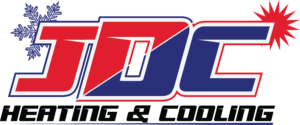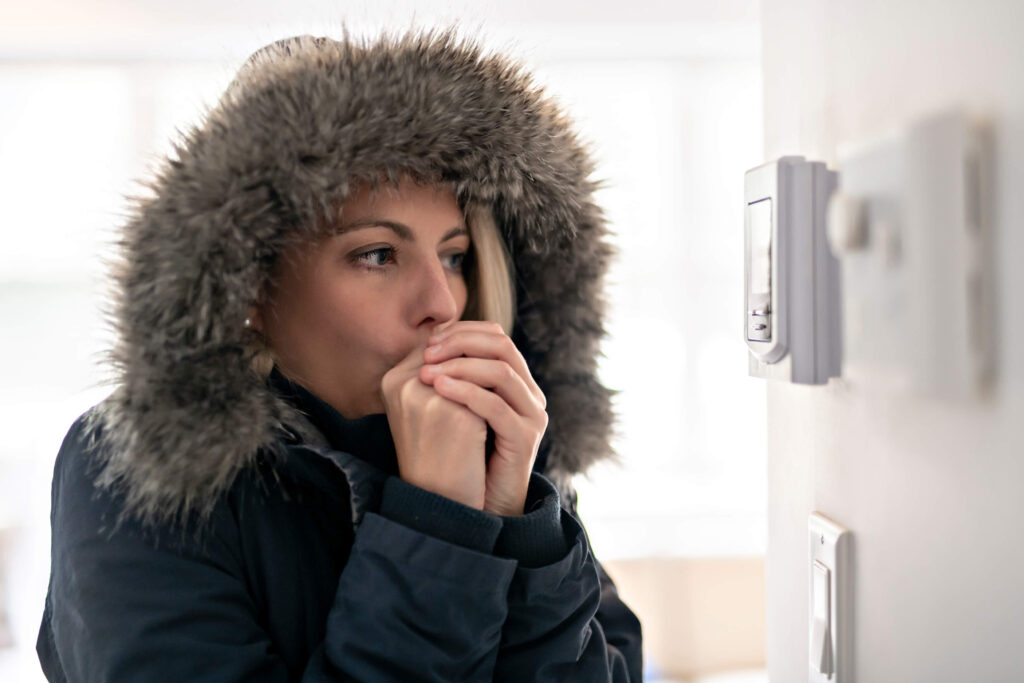Is your home not heating quickly or efficiently? Has the thermostat not turned on heat? These are familiar problems that an HVAC technician can help with. From inspecting power sources and batteries to basic filter checks, HVAC technician troubleshooting tips can help identify thermostat issues and help get the heat working again.
Common Reasons Why Thermostats Don’t Turn on the Heater
Thermostat not turning on heater? From dead batteries to dirty filters and coils, several common HVAC issues can cause heating problems. Get expert HVAC insight on why thermostats fail to function. Check out these HVAC technician tips on how to troubleshoot common issues.
- Low Battery: A low or dead thermostat battery can prevent the heating system from turning on. Carefully remove the thermostat cover to check if the batteries need replacing. Replace batteries as needed and test whether this solves the problem.
- Incorrect Settings: If a thermostat is set too low, it may not trigger the heater to turn on. Check the thermostat settings. Be sure they are set correctly for a comfortable home temperature.
- Power Outage: If your home has recently experienced a power outage or electrical surge, this could be why the thermostat is not turning on the heater. In this situation, check the breaker box to ensure no circuits have been tripped. A tripped circuit can interrupt power to the thermostat and affect the temperature setting. Reset circuit breakers as a troubleshooting step to solve the problem.
- Poor Wiring: Poorly-installed wiring in a furnace or heat pump can cause a thermostat to fail to activate the heating. Electrical system wiring problems can be dangerous and should only be checked and repaired by a qualified technician. They will inspect the wires and look for any signs of loose, disconnected, or burned-out wires and broken insulation.
Replacing the batteries in a digital thermostat or inspecting the power source can often be done without an HVAC technician. However, if these basic checks don’t solve the issue, it may be time to call for professional help. An experienced HVAC technician will evaluate all potential causes to correct wiring issues, blocked air vents, and more.
Top HVAC Technician Troubleshooting Tips
A few simple fixes can get a thermostat to trigger heat and run properly. From troubleshooting HVAC system issues to replacing aged parts, many malfunctioning thermostat issues can be resolved with maintenance. Before calling an HVAC technician, check that your HVAC system is turned on, change thermostat batteries, and replace dirty air filters.
Take a few simple action steps to determine why the thermostat might not be turning on the heater. This proactive approach can help save time and money. Get your heater working again with these top HVAC technician troubleshooting tips.
Test the Thermostat
Set the temperature higher or lower than the current setting. Wait a few minutes to see if the heating system kicks on. There may be an issue with the thermostat programming. Contact an HVAC professional to inspect the device programming to determine if the thermostat needs to be replaced.
An HVAC inspection may be required if the heat isn’t running with the thermostat turned on. This may involve looking into wiring or restricted airflow issues. An HVAC technician will troubleshoot possible issues with the furnace installation and check for ventilation problems.
Check Settings and Change Air Filters
If the wiring and breaker box appear in order, the next step is to check the gas furnace. Check that all knobs, switches, and settings are in the correct position. Be sure the system is switched on to power the furnace and pilot light.
Dirty air filters and dust buildup can restrict HVAC system airflow. If these ventilation blockages exist, they can cause furnace problems. This could lead to an inaccurate reading of home temperature. Try replacing the furnace filter.
Schedule Safety Checks
Routine HVAC system checks help with home safety. An HVAC technician can check the power switch and look for indications of furnace fault codes. They can also check if the safety switch and gas valve is turned in the correct position. These troubleshooting steps will help track down what is causing the thermostat problem.
Still Need Help? Contact a Professional HVAC Technician
HVAC maintenance can help you avoid potential issues that could become costly in the long run. Get your heater up and running again in no time. Take action steps to determine the source of a thermostat issue and restore heat. A qualified technician will be able to identify and resolve the problem quickly, ensuring safety and comfort in your home.
A professional HVAC technician can quickly assess an HVAC system and identify the problem. From there, they can repair or replace the faulty parts and have your heater running again. Contact a qualified technician to help diagnose, detect, and resolve why your thermostat is not turning on the heater.



